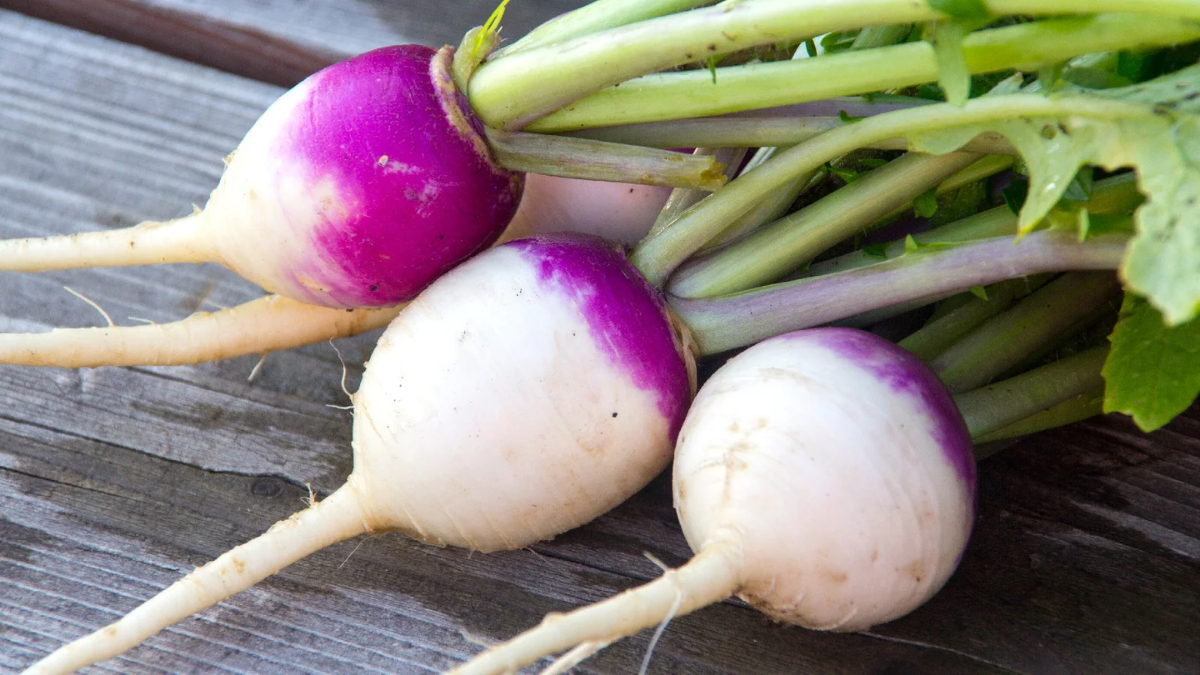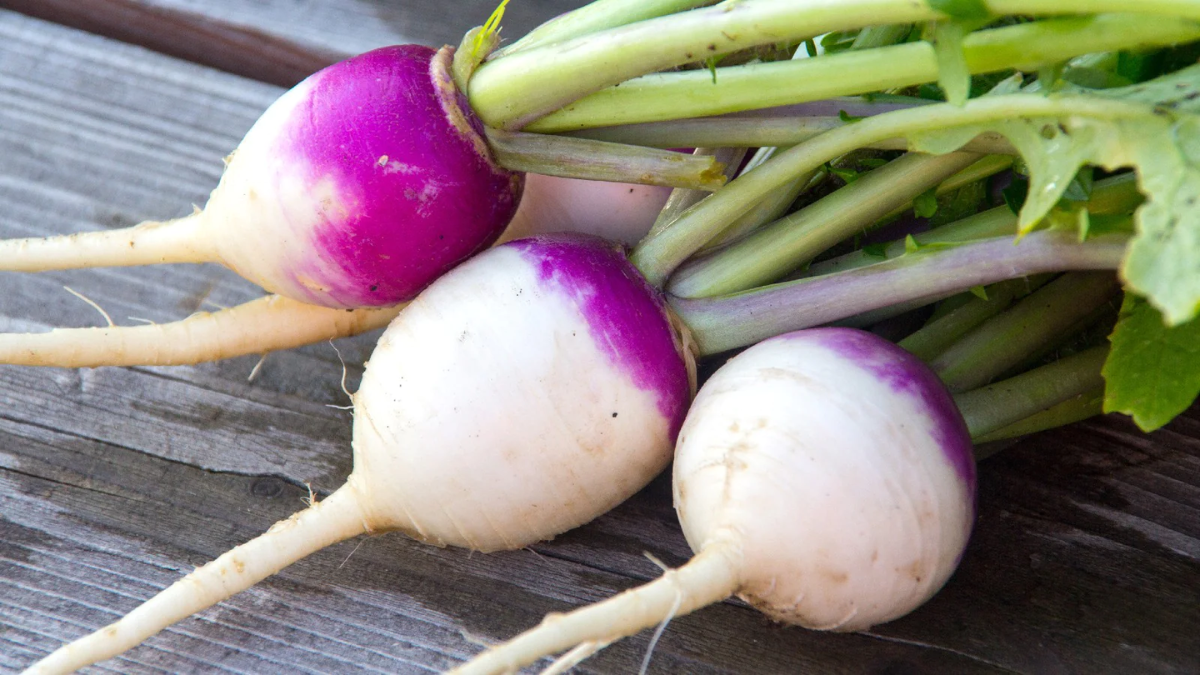How to Tell If Turnip Has Gone Bad?
Vegetables are one of the most widely consumed foods on the planet. Vegetables can be found almost anywhere. Turnips are a vegetable found in almost every country, and many people enjoy them. Turnips come in various varieties and can be eaten at different times of the year. Whether you’ve never bought turnips before, you might be wondering how to tell if they’ve gone wrong.
Every vegetable and fruit has a particular shelf life, after which it quickly spoils. If you don’t take care of your food, you won’t be able to enjoy its exquisite flavor for very long.


